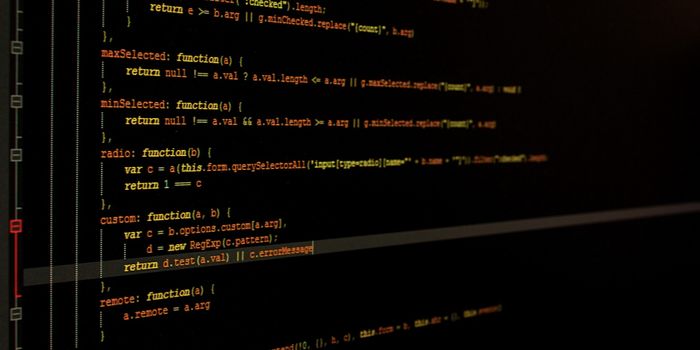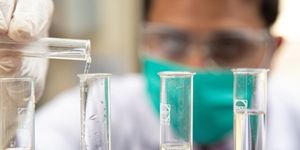Dental Implant Produces Its Own Electricity And Fights Bacteria
The use of dental implants offers a long term, effective treatment approach for lost or missing teeth compared to methods such as dentures. And the use of dental implants alone has been on the rise; from 1999 to 2015, the use of dental implants increased from about .5% to 5.7%, with the highest percentage of use among people 65 to 74 years old. By 2026, dental implants are estimated to have a usage rate of 26% in the U.S. alone.
And yet, despite the promising ability of dental implants to offer long-term solutions for tooth replacement, bacteria that cause gum disease and inflammation can significantly reduce how long implants last, requiring more trips to the dentist and maintenance. A new implant may help address this issue.
According to an article published in ACS Applied Materials and Interfaces, a new dental implant developed by researchers at the University of Pennsylvania may help prevent bacteria from diminishing the effectiveness of the implant and reduce the need for it to be replaced. Specifically, the implant is designed to combat biofilms, which are colonies of bacteria that can collect on implants and the surface of teeth, affecting periodontal health and the longevity of the implant. The device uses BTO nanoparticle-infused material, which negatively charges the area around the implant to repel bacteria. In preliminary experiments, the research team found that the device reduced biofilm plaque deposits on and around the implant.
The device is also designed to produce its own electricity, allowing it to function without regular battery replacement or maintenance. The device uses piezoelectric material, or material that can generate electricity from simple mechanical movements or pressure. Simple daily activities like brushing teeth can be enough to generate electricity for the implant.
The research team also noted the electricity generated from the device could be used for phototherapeutic use, which some research suggests could have an overall benefit on oral health.
Sources: Medgadget; ACS Applied Materials & Interfaces; Journal of Dental Research; Nature; Dentistry Today








